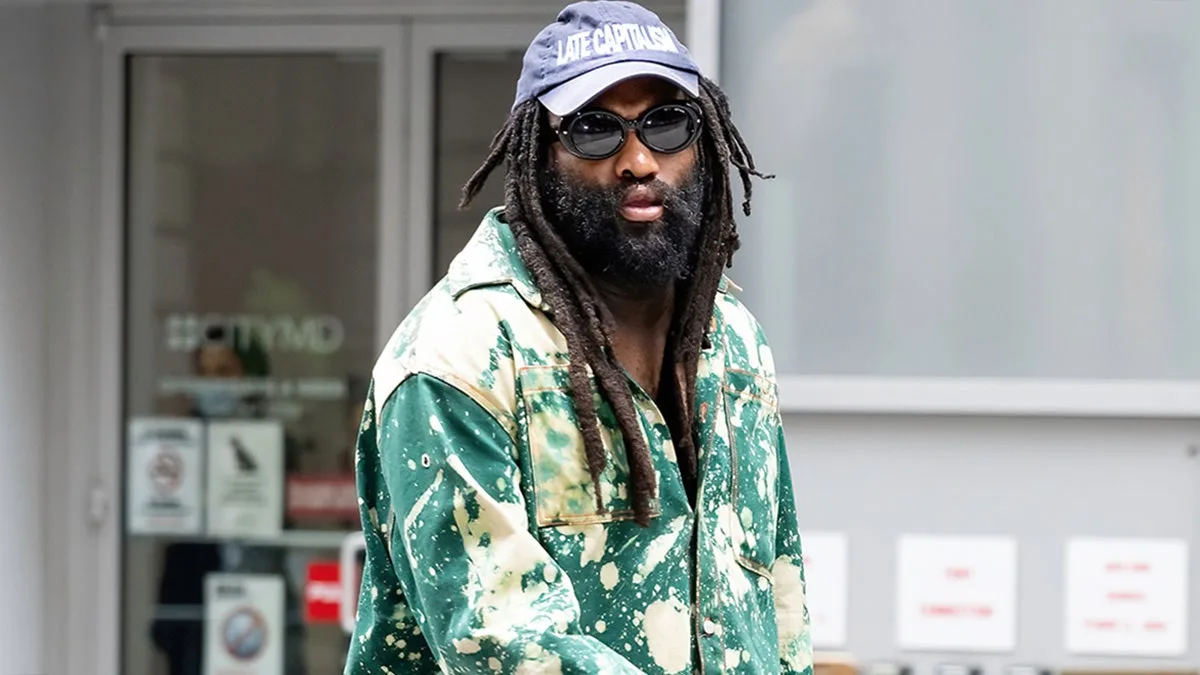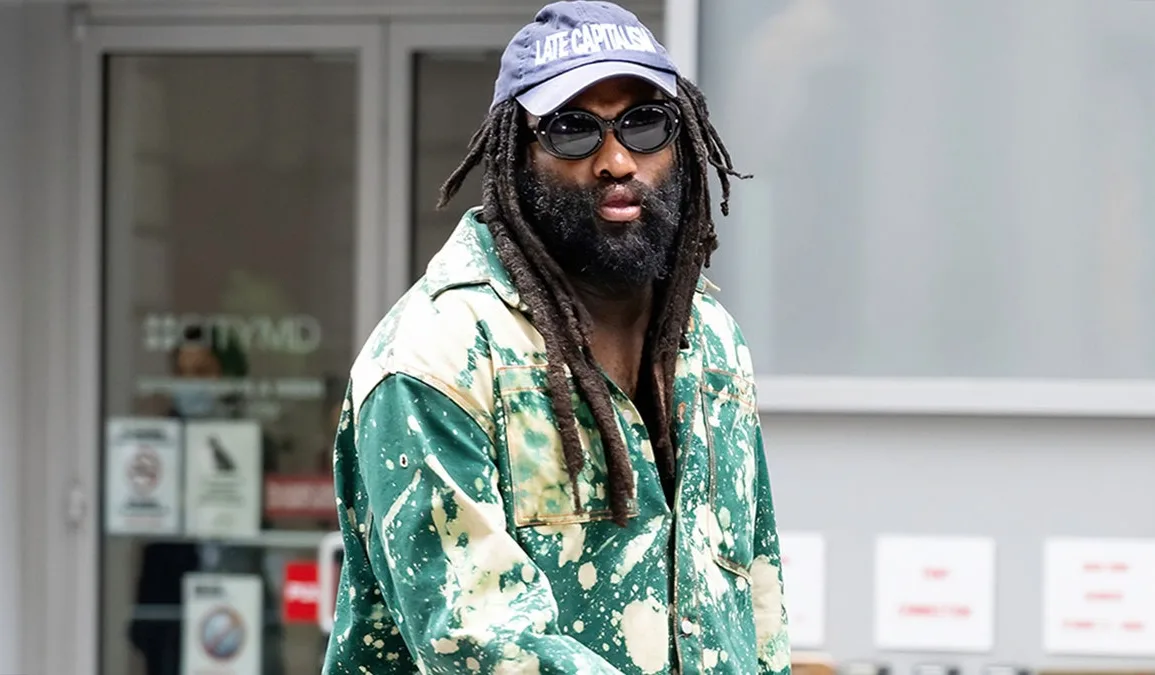
To receive the Vogue Business newsletter, sign up here.
“I never did Supreme for the money,” says Tremaine Emory. He was speaking as news broke of his resignation as Supreme’s first-ever creative director after 18 months in the role. “I’m just about the radical truth. Because when you tell the truth, there’s nothing to worry about.”
Which is why, as he ordered eggs at his regular Tribeca breakfast spot, Emory prepared to serve his take on precisely what ended his time at the streetwear brand.
That news was first reported on Wednesday by Complex, citing anonymous sources; Supreme confirmed the exit to Business of Fashion on Thursday.
In a letter to colleagues, shared by Emory with Vogue Business, he stated that his resignation was over Supreme founder James Jebbia’s failure to communicate the decision to cancel a collaboration with artist Arthur Jafa over four months, which made Emory believe “that systemic racism was at play within the structure of Supreme”.
Supreme and parent company VF Corp did not respond to Vogue Business’s requests for comment. In a statement to Business of Fashion, Supreme refuted this claim, stating: “We strongly disagree with Tremaine’s characterisation of our company and the handling of the Arthur Jafa project, which has not been cancelled.” It added: “We are disappointed it did not work out with Tremaine and wish him the best of luck going forward.”
From Tribeca, Emory is keen to disambiguate. He says that before suffering an aortic aneurysm last October that left him unable to work as he recovered until April this year, he began to prepare the collaboration with Jafa. Like Emory himself, Jafa is an artist and writer whose output lays bare the traumatic legacy of the African-American experience in order to ensure it is never forgotten. Supreme has long used provocative imagery to promote its radical image, and Emory planned to harness that heritage to Jafa’s imagery in order to, as he puts it, “paint the Black experience on clothing”.
Emory worked with Jafa to paint that experience unflinchingly. Three of the photographs chosen by the creative director and artist depicted the lynching of a Black person, the scars from the flogging of a former slave known as “Saint Gordon”, and an image of a Black man who has bleached his skin from the waist down with the exception of his penis.


